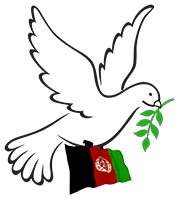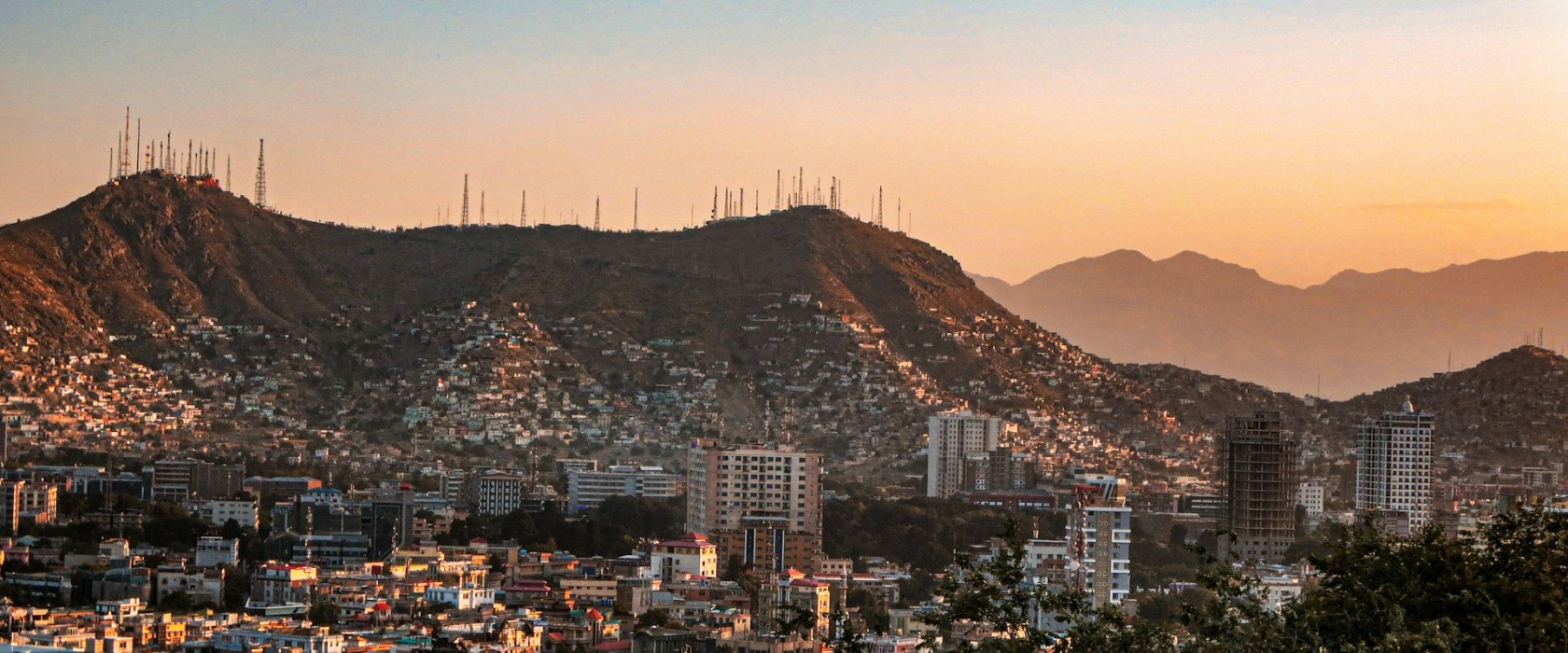
Afghanistan’s economy remained fragile in 2025, with soaring unemployment, widespread poverty, disrupted trade, and declining incomes deepening hardship for millions of households nationwide.
Afghanistan’s economy remained deeply fragile throughout 2025, with the United Nations reporting unemployment at 75 percent and more than 90 percent of the population living below the poverty line. Years of conflict, political isolation, and shrinking job opportunities have continued to undermine household incomes and overall economic stability.
The UN also warned that over 70 percent of Afghans depended on humanitarian assistance during the year, as poverty, food insecurity, and limited access to livelihoods intensified across both urban and rural areas. Women have been among the hardest hit by the economic downturn.
Thousands of women stated that they have experienced after being pushed out of public institutions, private businesses, and even international organizations. According to UN figures, eight out of ten Afghan women have been excluded from education, employment, and skills training.
Economic pressure intensified after trade between Afghanistan and Pakistan was suspended in October 2025, cutting off a major commercial lifeline. The disruption affected imports, exports, and transit routes, compounding supply shortages and market instability.
Although alternative routes such as Iran’s Chabahar port and Central Asian corridors were introduced, analysts say these options raised transportation costs. As a result, food prices surged, agricultural exports spoiled, and trucks carrying goods remained stranded for weeks.
The United Nations identified deteriorating relations with Pakistan as a key factor behind Afghanistan’s economic shock, noting losses to traders, farmers, and transit markets on both sides. The disruption weakened regional trade integration and damaged local livelihoods.
A World Bank report released in December 2025 warned that rapid population growth, widening trade deficits, and persistent poverty continue to weigh heavily on Afghanistan’s economic outlook. Forced returns of migrants have further strained already overstretched communities.
Signs of fiscal stress have also emerged within the administration, with reports of delayed salary payments to public employees toward the end of the year, reflecting a growing budget shortfall.
Economists caution that without restoring trade flows, easing restrictions on women’s employment, and stabilizing regional economic ties, Afghanistan’s recovery will remain elusive.
International agencies warn that sustained economic decline could deepen humanitarian needs in 2026, unless structural reforms and regional cooperation are prioritized to prevent further deterioration.
 Afghanistan Peace Campaign
Afghanistan Peace Campaign






